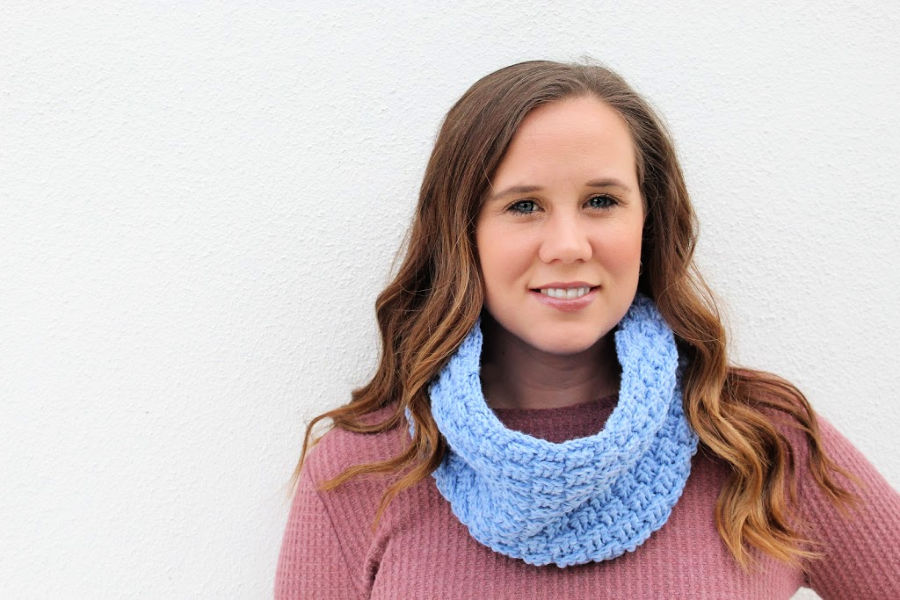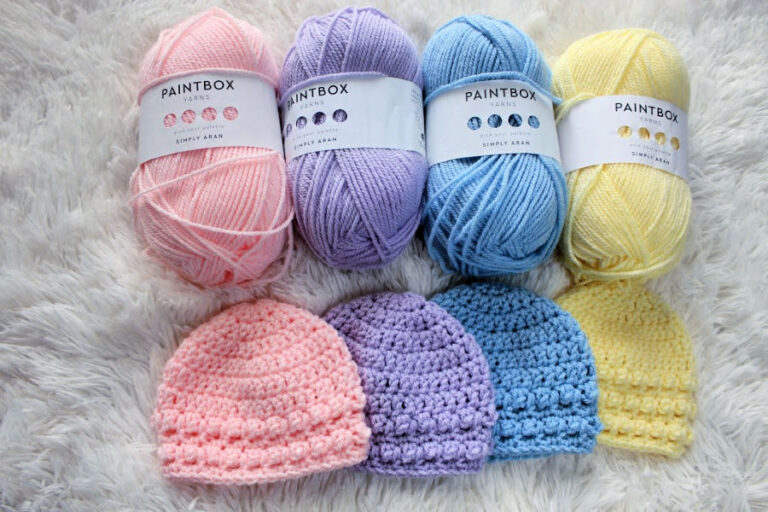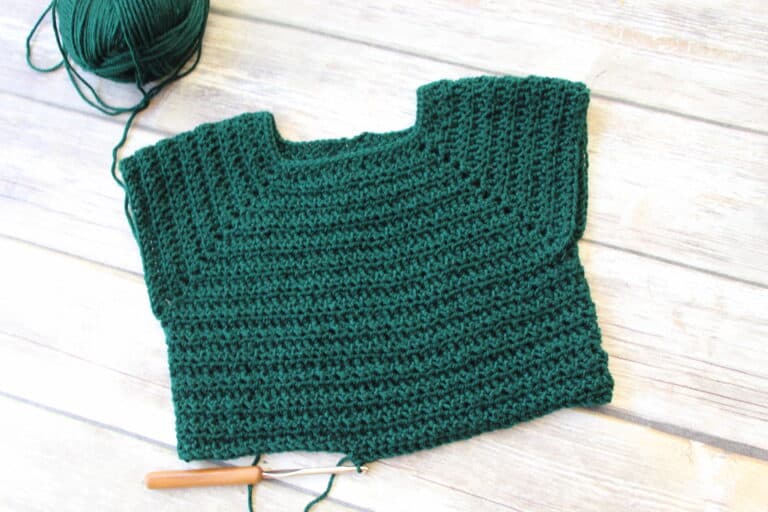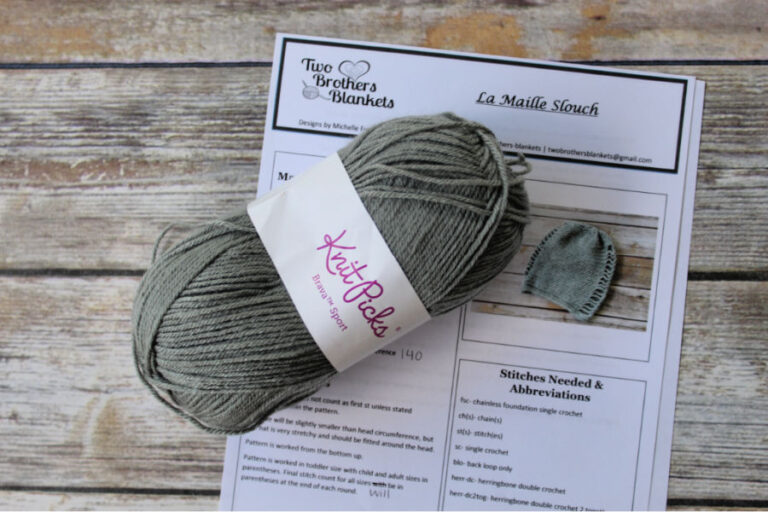The Dos and Don’ts of Pattern Testing

One of the key components to my crochet pattern designing process is pattern testing.
Over the years I’ve gathered a great group of reliable, talented crochet pattern testers that I work with each time I design a pattern.
But it wasn’t always that way. I’ve had my share of dealing with bad tests and difficult testers. Or the worst, pattern thieves.
So I’m going to share, what I believe are, 10 key components to being a good pattern tester.
The Do’s
Complete your test in a timely manner. Meaning complete the test by or before the due date. Before committing to a test, ensure that you will be able to complete it in time. Yes, life situations may happen that are beyond your control. But for the most part, make sure you will have enough time to commit to completing the project in time.
Treat it as a job commitment. You may not be getting paid in a monetary manner, but you do get a free pattern out of the deal. So treat this pattern test as a true commitment and treat it as you would a job for your own business or career.
Communicate with the designer. If you are confused on a part of the pattern or if you run into a deadline issue or anything else, contact the designer. Reaching out is going to create that relationship with the designer and will help your chances of being chosen again or the designer giving you a good reference. Keep those lines of communication open at all times.

Take good pictures. In most cases, designers don’t expect you to have a professional photographer take your test photos, but they do want to see a good quality photo. This means natural lighting, preferably outdoors. If indoors, use a window to give you the natural light. Also, don’t take a photo with clutter or lots of items in the background. You want to showcase the project, and only the project.
Work up the pattern exactly as it is written. The whole point of pattern testing is so that the designer can ensure that the pattern works out as it is written. Now, if there is an error or a problem, go to the designer and ask if it is okay to fix it or make changes. Just do not make changes without letting the designer know.
The Don’ts
Disappear if you cannot complete the test. Life happens and it is impossible to complete a test. Designers understand that. So communicate with the designer if something comes up and you cannot complete the test. Do not just disappear or not respond. This will ruin your chances of ever testing for that designer again and possibly other designers. Tell the designer the truth and, more often than not, they will be understanding.
Share the pattern. This is just a big no. Don’t share any patterns with others. But even more so, don’t share a pattern you are being trusted to test. This is sure way to ruin the trust and respect the designer has for you as a tester, and you will not be asked to test again.
Share project progress without permission. Sometimes designers don’t mind you sharing your test progress on social media but always make sure to ask them before you do. I usually don’t mind if I have already shared on my own social media, but there are other times I don’t want it shared at all until I am ready for a full reveal. Get permission to share first, and respect the wishes of the designer.

Change the pattern during testing. If there is an error or problem with the work up of the pattern, go to the designer and let them know what it is. Then wait to receive further instruction from the designer. Don’t just change the pattern because you don’t like the way it is written or the way it looks. You can let the designer know these things, but always check with the designer before making any changes.
Tear the pattern/design to pieces because you don’t like it or you think it would be better the way you would do it. If you don’t like a design, don’t test it. Designers love feedback but not if it’s just ripping the pattern to shreds. Necessary and constructive feedback is key. If it’s just your opinion, think first about whether it absolutely needs to be said. The point of testing is to see if the written pattern can be worked up, not changed to be something else.
So those are my personal do’s and don’ts of pattern testing. I think if you stick the do’s you’re on your way to being a great pattern tester. What do you think? Are you a tester or a designer? What other things would you add to these lists?
Pin it!

Interested in being a pattern tester for me? When I do need testers, outside of my original group, I post first in my Facebook Community Group! Be sure to join so you don’t miss out on any opportunities!
Interested in designing your own crochet patterns? Check out my post on How I Design Crochet Patterns!

Michelle has been crocheting since 2011 and has been designing crochet patterns since 2014! She specializes in modern garments and accessories for your handmade wardrobe. Michelle has been featured in Happily Hooked Magazine, thehooknooklife.com, wecrochet.com, ourmakerlife.com, and several other websites. She is committed to providing the highest quality crochet information and patterns that instill a true feeling of pride, enjoyment, and accomplishment when completing a project.








I test for a few designners as I am able and do believe in privacy before THEY release their patterns and when I upload I ALWAYS state it is NOT my pattern and state whom I tested for so whomever sees my work can be referred to the designer
YES YES YES!! I’m a designer new to publishing and testing is easily one of the most frustrating parts. I’ve had testers use totally different yarns (I used a #4 cotton or cotton blend and she used a #6 chenille.) And the disappearing is a big pet peeve.
Luckily most of my testers have been great. Giving constructive criticism is a skill and most of my testers have it. So glad I’m not the only one with these problems. I thought it was only because I’m new to this and didn’t know what I was doing. Thank you for this!